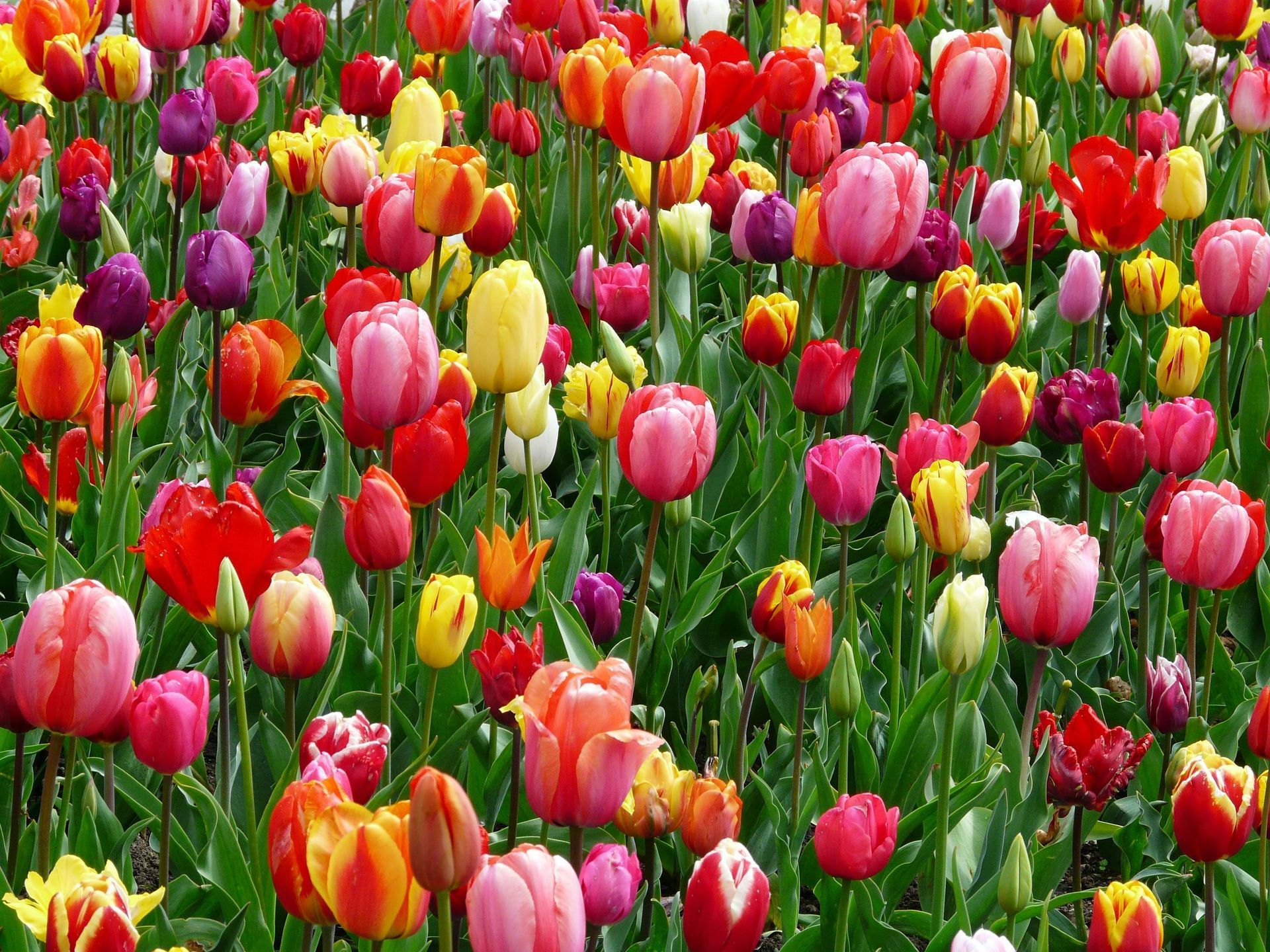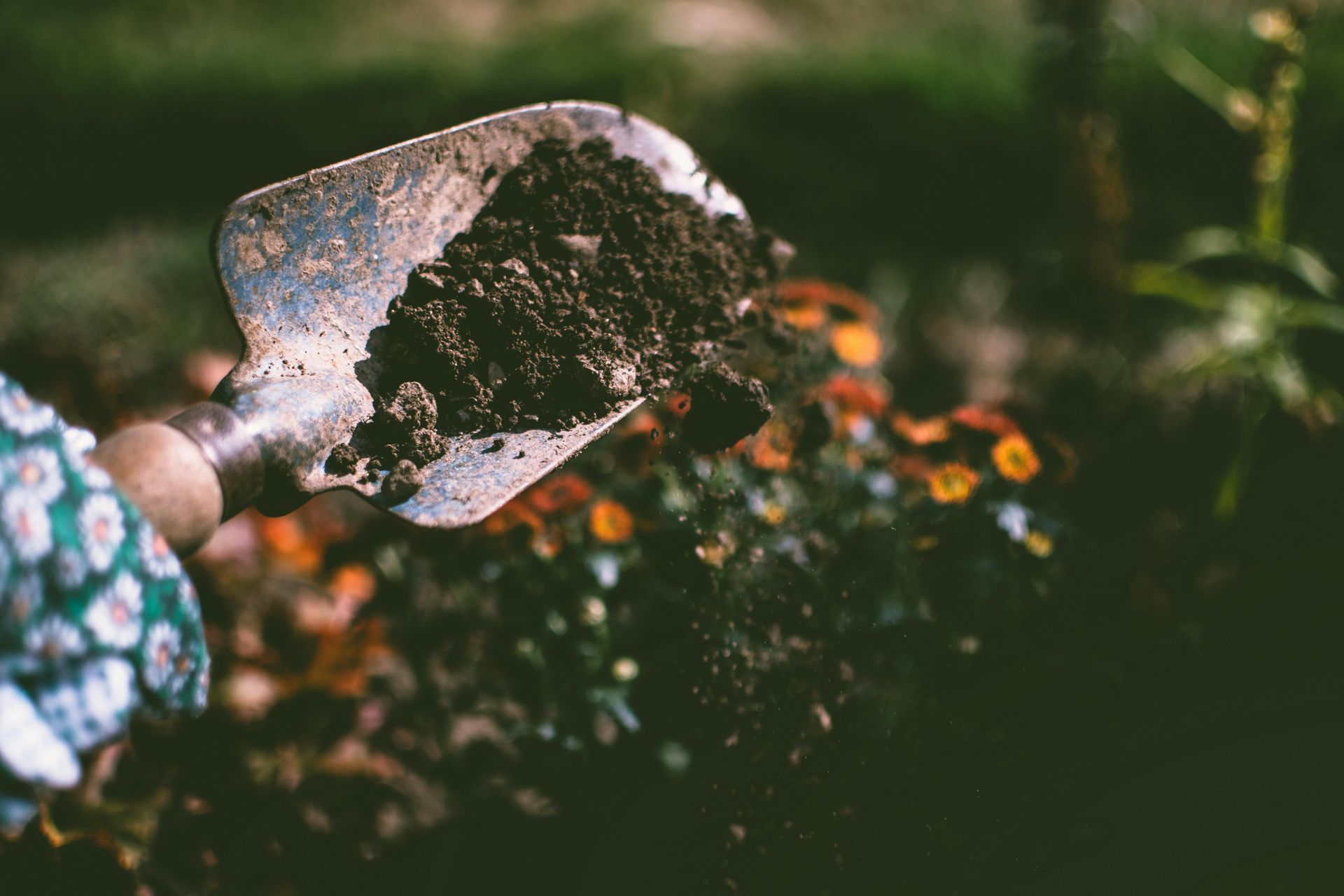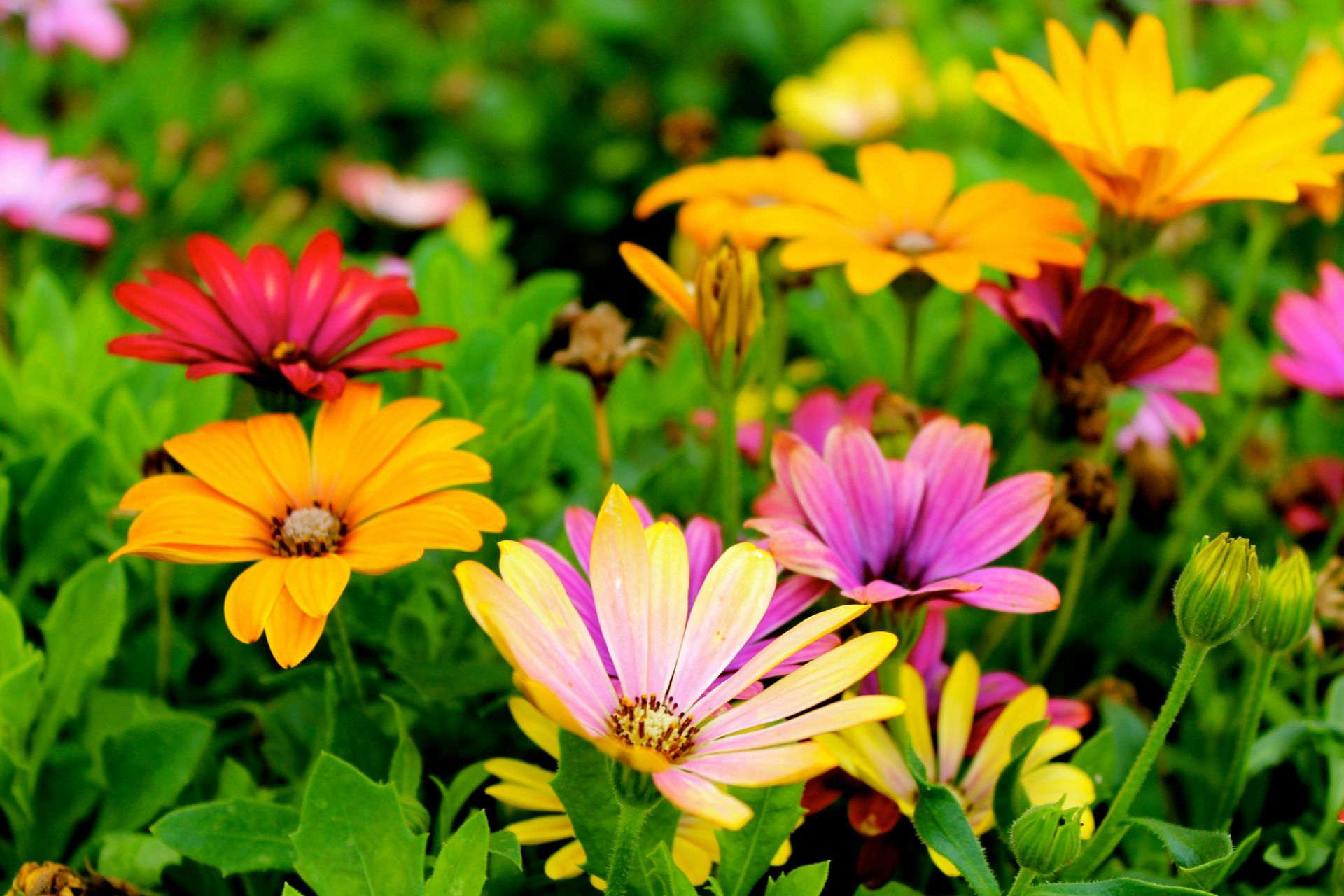Blog
Blog

November 19, 2024
Providing your garden with fertilizers is crucial to ensure strong, flourishing plants that yield abundant crops, vibrant flowers, and lush leaves. Nonetheless, grasping the correct fertilization timing can be challenging, since various plants and seasons call for unique methods. Here is a helpful manual for designing the optimal fertilization timetable for your garden. 1 Know Your Plants' Needs Various plants have distinct needs for nutrients and specific schedules for feeding. Vegetables, fruit-bearing plants, and quickly growing flowers typically need regular fertilization, whereas perennials, bushes, and trees may only need occasional feeding. Examine the unique requirements of the plants in your garden to customize your care strategy. 2 Start With Soil Preparation Before you plant, improve your soil by adding organic material such as compost or well-decomposed manure. This offers a rich source of nutrients that decreases the necessity for frequent fertilization throughout the growing period. A soil test can assist you in recognizing and addressing any deficiencies early on. 3 Fertilizing By Season Spring Spring is the key season for fertilizing many plants. When plants come out of dormancy, they require nutrients to help with their new growth. Use a balanced fertilizer like 10-10-10 to support the growth of strong roots, stems, and leaves. Apply fertilizer at the beginning of the season when the soil has reached a warmer temperature, usually in March or April. Summer During the summer months, plants prioritize producing flowers and fruits, necessitating extra nutrients, particularly phosphorus and potassium. Apply a fertilizer that enhances blooming for plants that flower and vegetables. To keep your lawn looking vibrant throughout the growing season, use a slow-release fertilizer. Apply fertilizer every 4-6 weeks, as directed on the product label. Fall Fall is an important period for trees, shrubs, and perennials. Use a potassium-rich fertilizer to enhance root strength and ready plants for the cold season ahead. Refrain from using nitrogen-rich fertilizers in autumn, as they promote growth that could be harmed by frost. Apply fertilizer in September or early October prior to the arrival of the first frost. Winter During the winter, the majority of plants are inactive and do not need to be fertilized. Nonetheless, indoor plants or those in a greenhouse may require a diluted fertilizer every 4–6 weeks if they exhibit growth signals. 4 Adjust For Plant Type Annuals: Feed every 4–6 weeks during the growing season for continuous blooms. Perennials: Fertilize in early spring and mid-summer to promote long-lasting growth. Vegetables: Apply fertilizer before planting, then supplement every 3–4 weeks. Trees and shrubs: Feed in early spring and late fall for root and branch development. Lawn: Fertilize in early spring, summer, and fall with a slow-release product. 5 Use The Right Fertilizer Choose fertilizers based on the nutrients your plants need: Nitrogen: For leafy growth (lawns, greens, shrubs). Phosphorus: For flowers and fruiting (vegetables, blooms). Potassium: For overall health and resilience. Organic options like compost, bone meal, and fish emulsion are excellent for enriching soil naturally. 6 Monitor Your Plants Watch for signs of over- or under-fertilization. Yellowing leaves, poor growth, or burnt leaf edges can indicate problems. Adjust your schedule or fertilizer type as needed. Final Thoughts A consistent fertilizing schedule tailored to your garden’s needs will ensure strong, healthy plants all year. Combine fertilization with proper watering, soil care, and mulching for the best results. Remember, a little attention goes a long way toward creating a thriving, beautiful garden. Happy gardening!

November 19, 2024
Fertile soil is crucial for a successful garden. Adequate soil preparation guarantees that your plants get the necessary nutrients, water, and stability for healthy growth. Follow these steps to get your soil ready for planting success, whether you're beginning a new garden or revitalizing an old one. 1 Test Your Soil Good drainage prevents waterlogged soil, which can harm plant roots. If your soil tends to retain water, consider adding sand or organic matter to improve drainage. For heavy clay soils, raised beds can be a great solution. 2 Remove Weeds and Debris Remove weeds, rocks, and debris from the planting area to prepare it for gardening. This helps avoid competition for nutrients and water, allowing your plants space for growth. Make sure to pull out weeds completely from the roots to avoid them growing back. 3 Loosen The Soil Compacted soil limits the growth of roots and the ability to absorb water. Utilize a garden fork or tiller to break up the soil up to 8-12 inches deep, resulting in a loose, well-aerated quality that encourages strong root growth. Do not till too much, as this may disturb the soil's composition. 4 Add Organic Matter Compacted soil limits the growth of roots and the ability to absorb water. Utilize a garden fork or tiller to break up the soil up to 8-12 inches deep, resulting in a loose, well-aerated quality that encourages strong root growth. Do not till too much, as this may disturb the soil's composition. 5 Amend As Needed According to the results of your soil test, you might require certain amendments to be added: Lime is used to increase the pH levels in acidic soil. Sulfur is used to decrease pH levels in alkaline soils. Use bone meal or rock phosphate as a phosphorus source. Potassium is found in potash. Make sure to adhere to the recommended application rates to prevent over-amending. 6 Ensure Proper Drainage Effective drainage is essential to prevent waterlogged soil, which can negatively impact the roots of plants. If your soil holds onto water, think about adding sand or organic material to enhance drainage. Raised beds are an excellent solution for heavy clay soils. 7 Level The Surface After adding soil amendments and aerating it, use a rake to smooth out the surface. This guarantees uniform planting and avoids the accumulation of water in lower spots. 8 Let The Soil Rest If you can, give your soil a chance to recuperate for a week or two before you start planting. This allows amendments to blend in and soil microbes to become active, resulting in a plant-friendly environment with abundant nutrients. 9 Mulch For Moister Retention After you plant, put down mulch to keep soil moist, control temperature, and prevent weeds from growing. Natural mulches such as straw, wood chips, or bark decompose gradually, enhancing the nutrient content of your soil. Final Thoughts Ensuring the soil is properly prepared is essential for a thriving, fruitful garden. By dedicating time to enhancing your soil, you will give your plants a strong base for thriving and achieving success. Keep in mind that successful gardens begin with a solid foundation! By following these suggestions, you will be on the right path to establishing a vibrant and flourishing garden that you can relish throughout the entire season.
LET'S WORK TOGETHER!
At Shawnee Landscaping Pros, we don't only create landscapes; we establish long-term connections with our customers. If you have a small task or an entire outdoor renovation in mind, we'll be there to assist you at every stage. Get in touch with us now to arrange a meeting and begin the process of designing your ideal outdoor area.
Find us on the web!
QUICK LINKS
COMPANY INFO
Shawnee Landscaping Pros
303 W Macarthur St Unit B Shawnee, OK 74804
(405) 914-6505
admin@shawneelandscapingpros.com
